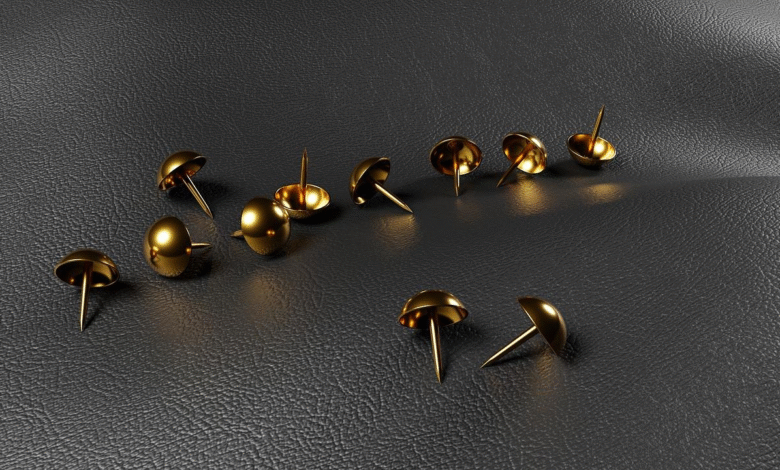Essential Tools for Small Upholstery Projects

Whether you’re breathing new life into recyclable furniture or creating custom pieces from scratch, small upholstery projects offer big rewards and are a great starting point for this popular hobby. Unlike large furniture overhauls, projects like ottoman covers, chair cushions, and decorative pillows require minimal space while teaching essential skills that build toward bigger ambitions.
Creating Your Upholstery-Ready Craft Space
Your craft room doesn’t need professional-grade equipment to handle small upholstery projects successfully. But the right equipment makes the difference between frustrating struggles and an enjoyable project. Make sure your lighting is good, and your workspace is comfortable for long stretches of work.
If you’re working with adhesives and foam materials, you’ll need some ventilation too. Storage also prevents your space from becoming cluttered chaos.
Essential Cutting Tools
Quality cutting tools will give you professional-looking results. While fabric scissors handle most textile cutting, upholstery foam demands specialist equipment. A sharp foam slicer transforms frustrating, uneven cuts into smooth, professional edges that traditional scissors cannot achieve.
Electric foam slicers use heated wires to slice through foam cleanly without the compression and tearing common with conventional cutting methods. For occasional crafters, manual foam slicers offer budget-friendly alternatives while still providing superior results compared to kitchen knives or scissors. The investment in a quality foam slicer pays off giving you better-fitting cushions and the professional finish you want.
Also consider some heavy-duty fabric scissors, which are designed for multiple layers and thick materials. A rotary cutter paired with a large cutting mat handles long, straight cuts efficiently, while a sharp utility knife provides precision for detail work and trimming.
Materials
You’ll probably buy foam and material as and when you need them. High-density foam provides firm support ideal for chair seats and frequently used surfaces. Medium-density foam offers comfortable cushioning for decorative pillows and occasional-use furniture. Memory foam adds luxurious comfort. When you’re calculating the amount of upholstery foam, add 10% extra to account for cutting waste and future repairs.
Beyond foam, choose quality upholstery-weight fabrics that withstand regular use. And keep fabric adhesive spray, batting, and interfacing materials handy.
Assembly and Fastening Tools
Small upholstery projects can rely on hand-sewing techniques, making curved upholstery needles essential. These navigate around foam and through multiple fabric layers more easily than straight alternatives. Heavy-duty thread also give you that professional-quality finish.
A staple gun bridges the gap between sewing and permanent attachment, especially useful for securing fabric to wooden frames. Choose staples appropriate for your material thickness—too short and they won’t hold, too long and they’ll protrude dangerously.
Button tufting supplies open creative possibilities for chair backs and ottoman tops. Simple button covering kits let you create custom-matched buttons that coordinate perfectly with your chosen fabrics.
Perfect Beginner Projects
Small upholstery projects will build your skills progressively.
Start with throw pillows. These use minimal materials and provide instant results. Covering an Ottoman involves fabric stretching and stapling techniques, but the ottoman shape makes it easier.
Dining chair seat cushions build your skills in measuring and accuracy and concepts like welting and corners. Small bench cushions combine upholstery foam cutting, fabric work, and attachment methods.
Pet beds also make excellent practice projects. The materials are cheap, and pets don’t worry perfect technique. These projects let you experiment with different densities and fabric choices without pressure.
Building Your Tool Collection
Build your tool collection gradually, focusing on versatile tools over specialised gadgets. You’ll be able to do a lot of projects with a few of the right tools. As your skill grows your tool collection will naturally grow too.
Final Thoughts
Those small upholstery projects provide immediate results while building your skills and confidence for larger ones. Starting with manageable projects that teach you the fundamental skills without overwhelming complexity.
And remember, your tool investment grows with your abilities. Begin with the essential tools, add specialised equipment as you go, and always think about quality over quantity. With good tools, quality materials, your small upholstery projects will be hugely fun and the finish will rival professional work.




